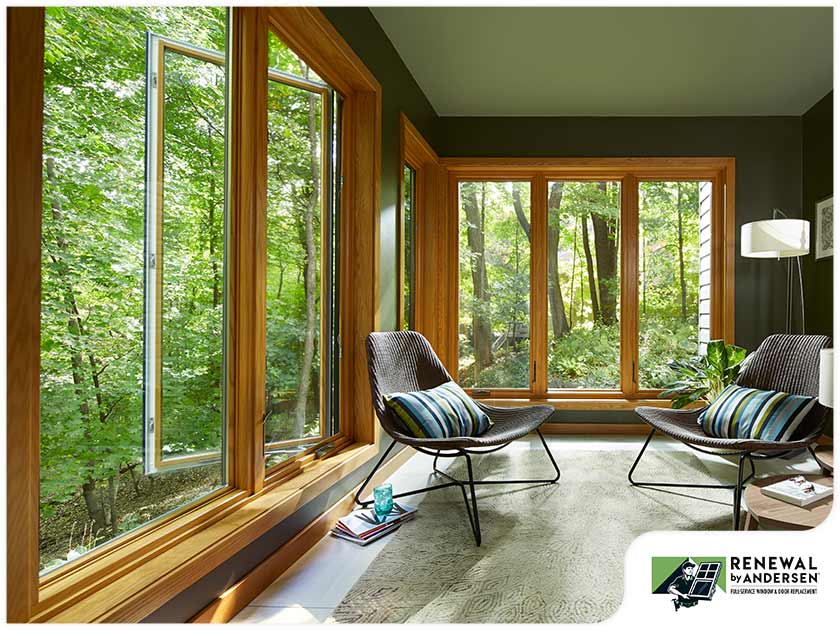Quality windows are a key element of any building, especially energy-efficient homes. Whether you are replacing broken or fogged glass, select window upgrades that reduce energy use. When properly installed, they should help maintain constant indoor temperatures during the summer and winter. Here are a few factors to review when choosing the right replacement window glass for energy efficiency:

Glass Type
Choosing the right type of replacement glass for your window can enhance your home’s energy efficiency. Select a double- or triple-paned glass because it increases insulation, helping reduce your furnace’s run time. Tinted glass is beneficial since it can absorb and reflect solar heat, minimizing energy consumption when cooling your home.
If you prefer clear or patterned glass, use a double-glazing design. Double glazing involves using two panes of glass set side by side in a frame. Between the two panes is a sealed gas-filled space or air gap, which creates a thermal barrier. This minimizes heat gain in summer and heat loss in winter, keeping your indoor temperature more stable.
Frame Material
When selecting an energy-efficient replacement window glass, verify you have a good frame material that blends with the glass, keeping the interiors well-insulated. When properly installed, your frame will allow the glass to fit compactly and prevent excess heat transfer. The aim is to create a tight seal and eliminate gaps between the glass and frame. This helps prevent air leakage, which may reduce energy efficiency.
Select frame materials like wood, vinyl, or fiberglass to boost energy efficiency in your new home. These materials have natural insulation features that add to energy efficiency. They have a better thermal performance, meaning they don’t transfer heat quickly like metal. Fiberglass features air cavities that you can fill with insulation to enhance thermal performance.
Window Design
Your home’s window design is another factor to review when choosing a replacement glass. Check the design to identify features like weatherstripping and multiple locking points. These features help reduce air leaks and drafts, boosting energy efficiency. After installing the glass, you can use weatherstripping to seal any gaps. When building a new house, select the right weatherstripping materials and shapes that will fit different window types.
Choose V-shaped weatherstripping if your windows feature grooves, like in sash windows. The V-strip weatherstripping can be inserted into the grooves or mounted on the frame or sash. It creates a tight seal, reducing heat transfer. A multi-locking point system along the frame creates a tighter seal against the weatherstripping. This prevents air leaks and drafts, which cause energy loss in homes.
Benefits of Energy-Efficient Window Glass
Energy-efficient windows offer more long-term benefits than normal glass windows. When properly installed, these windows reduce energy consumption in your home. They keep indoor temperatures constant, enhancing comfort. Many energy-efficient windows also feature a UV-resistant coating that protects your carpets and furniture from fading.
Replacing old windows with energy-efficient options can boost your home’s resale value. A custom-fit window will provide a tight seal and a professional look to your space. Working with window installation professionals will also give you access to high-quality materials and results, reducing the need for future replacements.
Purchase Quality Replacement Window Glass
Replacing old, damaged windows with an energy-efficient option can make your home look newer. It can also help prevent heat transfer, stabilizing indoor temperatures throughout the seasons. This means your home will be tightly sealed, resulting in less stress on your air conditioning or heating unit. Select the right type of window glass to meet your needs and preferences. Contact a trusted provider today for quality replacement window glass and installation services.



